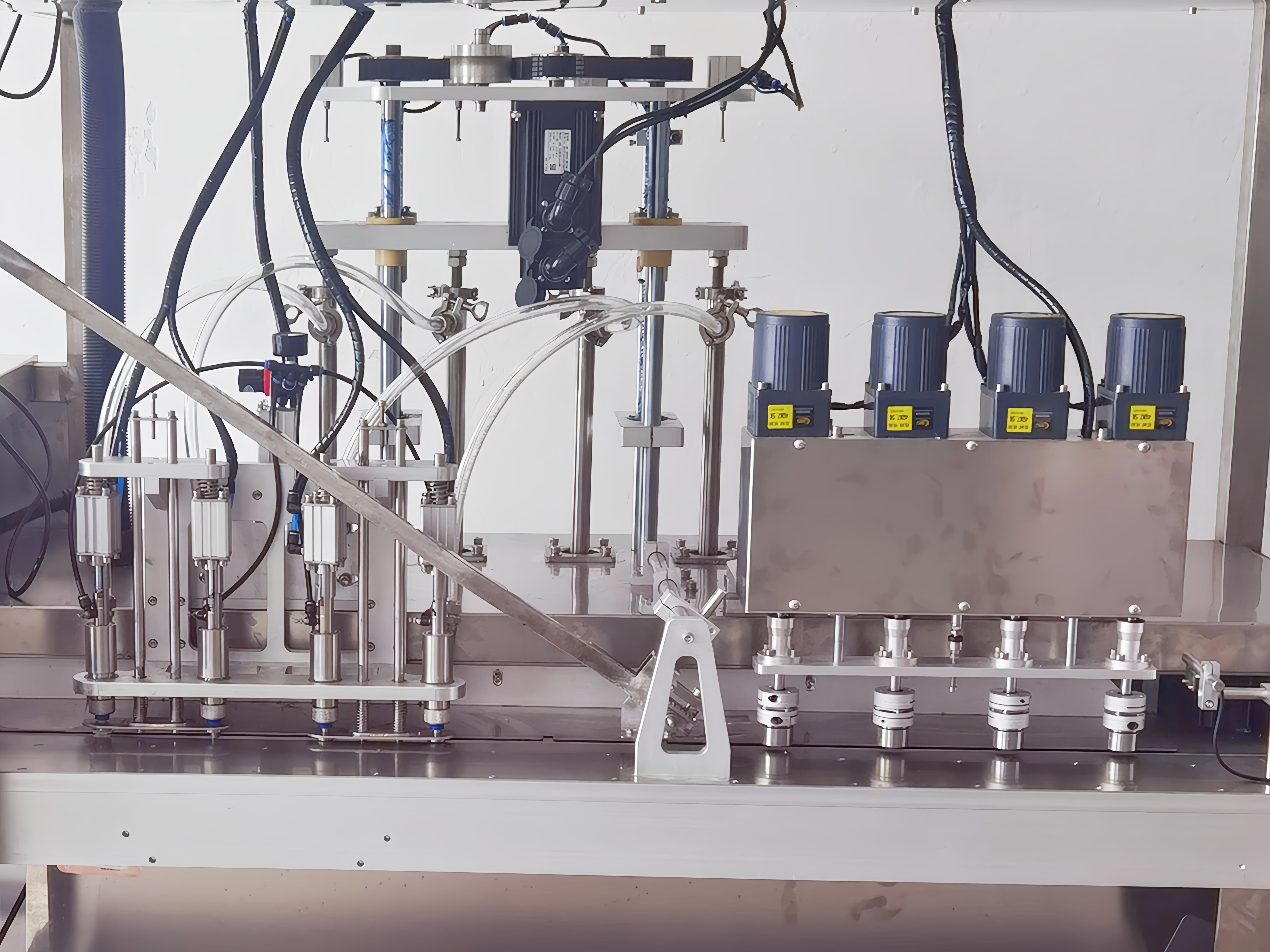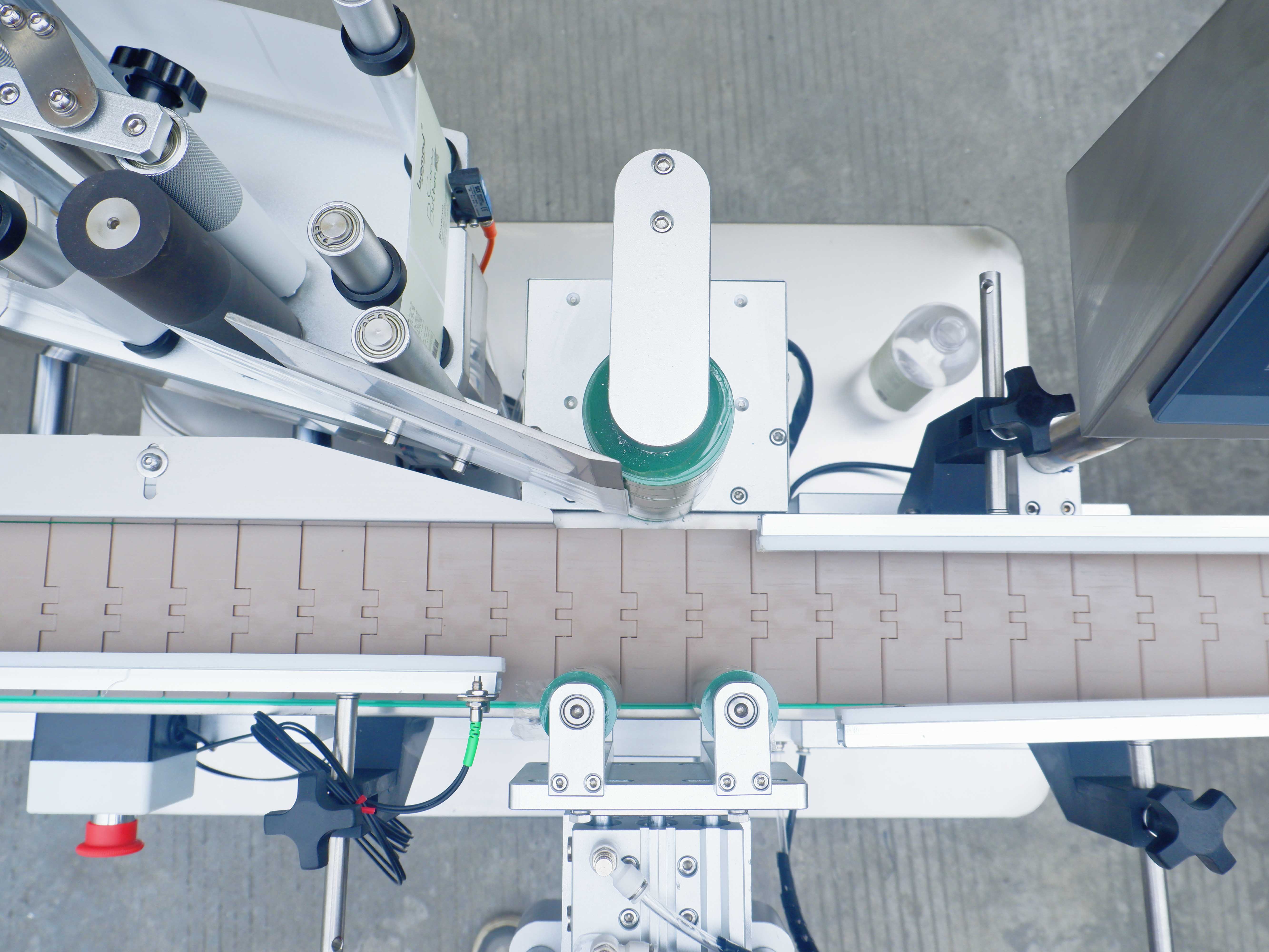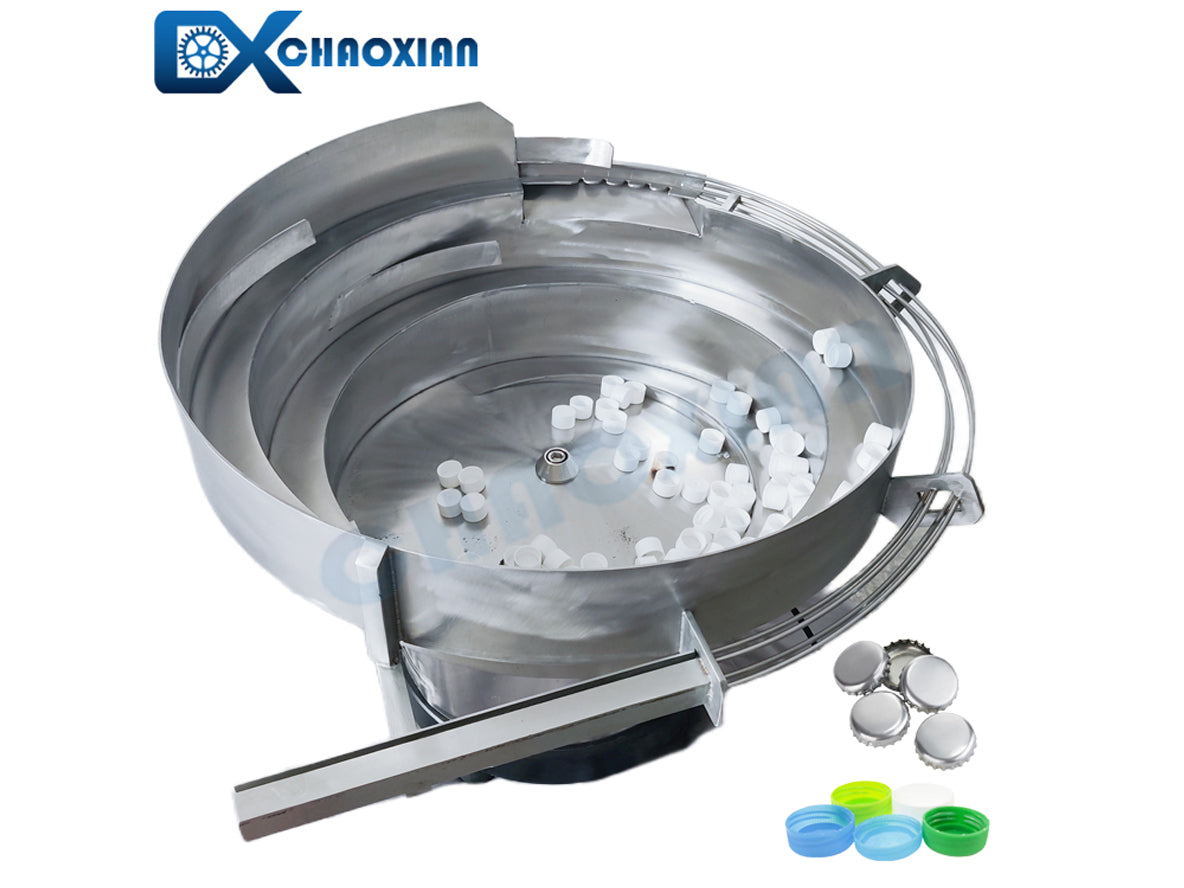The Recovery and Development of the Packaging Machinery Industry after the COVID-19
In the chronicle of the global economy, the COVID-19 pandemic undoubtedly was a significant event with far-reaching implications. It was like a surging torrent that battered the embankments of various industries, and the packaging machinery industry was no exception. This industry experienced ups and downs during the pandemic storm, and now, it is firmly embarking on the journey of recovery and development, demonstrating remarkable resilience and vitality.
Looking back at the dark days when the pandemic raged, the global economy seemed to have come to a standstill. Social restrictions, lockdown measures, and people's extreme concerns about health and safety caused the production activities of many industries to slow down or come to a halt. As an important link in the supply chain, the packaging machinery industry was impacted in multiple dimensions.
Firstly, the market demand shrank sharply. Due to the suspension of many factories and the weakening of the consumer market, the purchase plans for new packaging machinery were either postponed or cancelled. The willingness of enterprises to invest dropped to the lowest point, and the originally expected equipment renewal and expansion projects had to be delayed or even terminated. This led to a significant decline in orders for packaging machinery manufacturers, disrupted production plans, and the problem of inventory backlog became increasingly serious.
Secondly, the disruption of the supply chain dealt a heavy blow to the industry. The pandemic caused global logistics to be blocked, shortages of raw materials, and long delays in the delivery of components. Many packaging machinery enterprises relied on the global supply chain to obtain key components, but due to the differences in pandemic prevention and control measures in various countries and transportation restrictions, the supply of raw materials and components became extremely unstable. This not only increased production costs but also severely affected the production progress and the timeliness of product delivery, further weakening the ability of enterprises to meet market demands.
Furthermore, the shortage of labor became another thorny problem. The panic caused by the pandemic made some workers unable to report to work as usual, and strict epidemic prevention measures and social distancing requirements also limited the production capacity of factories. At the same time, due to increased economic uncertainty, enterprises became more cautious in recruitment and training of new employees, resulting in delays in the replenishment and renewal of human resources.
However, just as the darkness before dawn is always the densest, as the pandemic situation gradually came under control, the light of hope began to penetrate the haze, illuminating the path of recovery for the packaging machinery industry.
The gradual recovery of the consumer market was the primary driving force for the industry's recovery. As people's lives gradually returned to normal, consumer demand rebounded, especially in essential fields such as food, beverages, and medicine. The increased demand for various commodities prompted related production enterprises to increase production efforts, thereby reigniting the purchasing demand for packaging machinery. At the same time, the continuous explosive growth of e-commerce has created new opportunities for the packaging machinery industry. The prevalence of online shopping has made the packaging requirements of commodities more diverse and personalized, and the demand for efficient and intelligent packaging solutions has become increasingly urgent.
Technological innovation has become a powerful engine for the development of the packaging machinery industry after the pandemic. During the pandemic, enterprises had more time and motivation to think about how to enhance product competitiveness through technological means. The application of intelligent and automated technologies in packaging machinery has been further deepened. For example, packaging equipment with functions such as automatic detection, fault diagnosis, and remote control can greatly improve production efficiency, reduce manual intervention, and lower operating costs. At the same time, the integration of the industrial internet has enabled packaging machinery to achieve interconnection and build an intelligent production system, achieving full-process optimization from order management to production scheduling.
In addition, the penetration of the concept of green environmental protection in the packaging machinery industry has become increasingly profound. As consumers pay more attention to environmentally friendly products and environmental protection policies in various countries become increasingly strict, packaging machinery enterprises have increased their investment in green technology research and development. Energy-saving equipment, the application of recyclable materials, and innovative designs to reduce packaging waste have become new focuses of market competition. This not only helps enterprises reduce energy consumption and raw material costs but also enhances the brand image and meets society's expectations for sustainable development.
During the recovery process after the pandemic, the competitive landscape of the packaging machinery industry has also changed significantly. Some enterprises with strong technological research and development capabilities, flexible production capabilities, and complete after-sales service systems have quickly seized market share and achieved leapfrog development. While those enterprises that failed to adapt to market changes in a timely manner and lagged in technological innovation face the risk of being eliminated. The integration and reshuffling of the industry have accelerated, and the law of survival of the fittest has become more prominent.
In order to stand out in the fierce market competition, packaging machinery enterprises have adjusted their strategic layouts. On the one hand, they have increased investment in research and development, focusing on the development of high-end, intelligent, and green products. By introducing advanced design concepts and manufacturing processes, they have improved the performance and quality of products to meet the increasingly diverse needs of customers. On the other hand, they have strengthened marketing and brand building. They have used digital means to expand sales channels and enhance brand awareness and influence. At the same time, they have strengthened communication and cooperation with customers, deeply understood customer needs, and provided customized solutions and comprehensive service support.
In addition, the exploration of the international market has also become an important strategic direction for enterprise development. With the gradual recovery of the global economy, the demand for packaging machinery in different countries and regions shows differentiated growth trends. Enterprises actively expand their international business by participating in international exhibitions, establishing overseas branches and partnerships, etc., to achieve market diversification and reduce the risk of a single market.
At the policy level, in order to promote the recovery and development of the manufacturing industry, governments of various countries have successively introduced a series of supportive policies. For example, providing financial subsidies, tax incentives, and loan support to encourage enterprises to carry out technological transformation and equipment renewal. The introduction of these policies has provided strong policy guarantees and financial support for the development of the packaging machinery industry.
However, although the packaging machinery industry has entered the recovery track, it still faces some challenges and uncertainties. The complexity and variability of the global economic situation still exist. Factors such as the rise of trade protectionism, exchange rate fluctuations, and the instability of raw material prices may all have an impact on the development of the industry. At the same time, the shortage of technical talents remains a serious problem, restricting the innovation ability and development speed of enterprises.
But we have reasons to believe that the packaging machinery industry, with its strong adaptability and innovative spirit, will be able to overcome these difficulties and achieve sustainable and stable development. In the future, with the continuous advancement of technology and the further evolution of market demand, the packaging machinery industry will embrace more opportunities and changes.
In the field of technology, cutting-edge technologies such as artificial intelligence, big data, and robotics will be deeply integrated with packaging machinery, promoting the industry to move towards a higher level of intelligence and automation. For example, using artificial intelligence algorithms to achieve precise prediction and optimization of the packaging production process to improve production efficiency and product quality; realizing the automation of complex packaging operations through robotics technology to enhance production flexibility and adaptability.
In terms of market demand, consumers' demand for personalized and customized packaging will continue to grow. This will prompt packaging machinery enterprises to further enhance the flexibility and customizability of equipment to meet the special needs of different customers. At the same time, with the rise of emerging industries, such as new energy and biopharmaceuticals, the increase in special packaging requirements will also bring new market space for the packaging machinery industry.
In addition, sustainable development will become the eternal theme of the industry's development. Packaging machinery enterprises will continue to explore more environmentally friendly, energy-saving, and efficient solutions to promote the green transformation of the entire industrial chain. From the design and manufacturing of equipment to the selection and recycling of packaging materials, reducing environmental impact will be an important consideration.
In conclusion, the packaging machinery industry after the pandemic has passed through the most difficult times and is moving towards a new stage of recovery and development with firm steps. In this process, opportunities and challenges coexist. Only enterprises that continuously innovate and actively adapt to market changes can remain invincible in the fierce competition. Let us jointly look forward to the packaging machinery industry creating a more brilliant chapter in the future and making greater contributions to the development of the global manufacturing industry.



